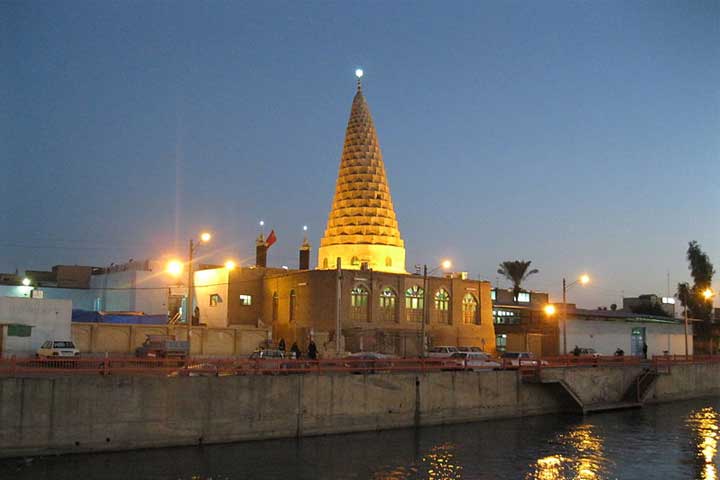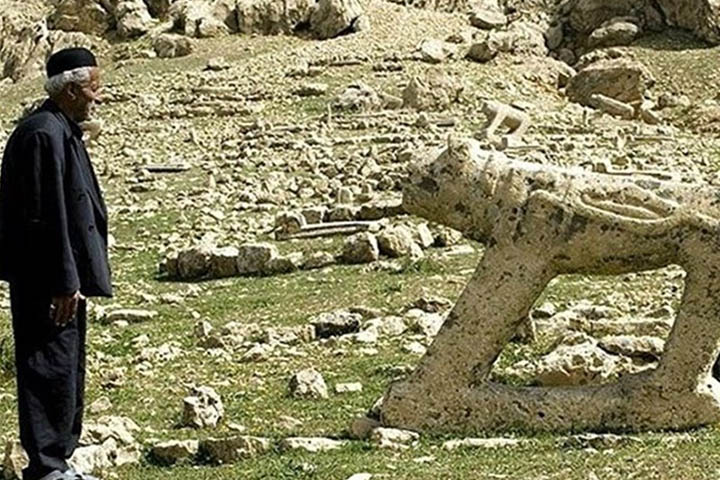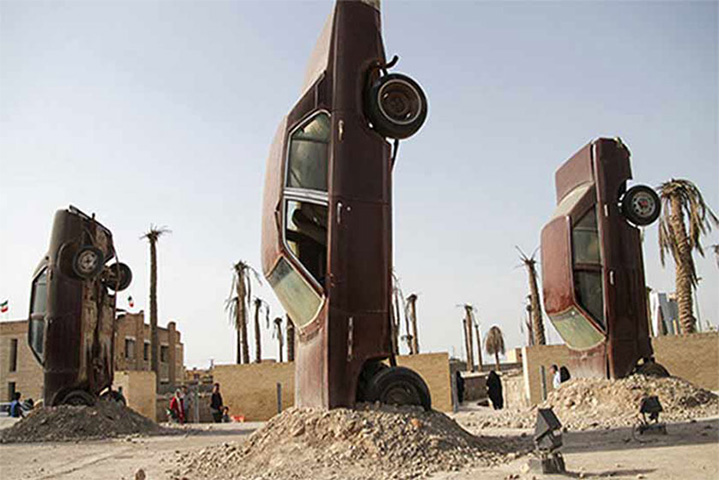Khuzestan province
Khuzestan province is located in the southwest of Iran in the north of Persian Gulf. The climate in this province is hot and dry. The largest river of the province—which is also the largest river in Iran– is called Kārūn. It joins the Arvandrūd River and together they flow to the Persian Gulf.
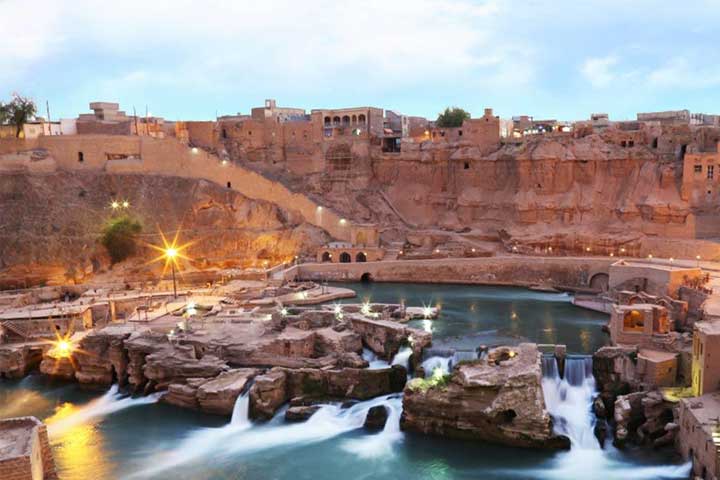
Some parts of the province are suitable for farming due to favorable climate and fertile soil. In recent years, many agricultural complexes have been active in industrial farming, using state-of-the-art machinery and methods. Discovery of oil and gas reserves in this province has also led many oil companies to invest in the extraction of these natural resources.
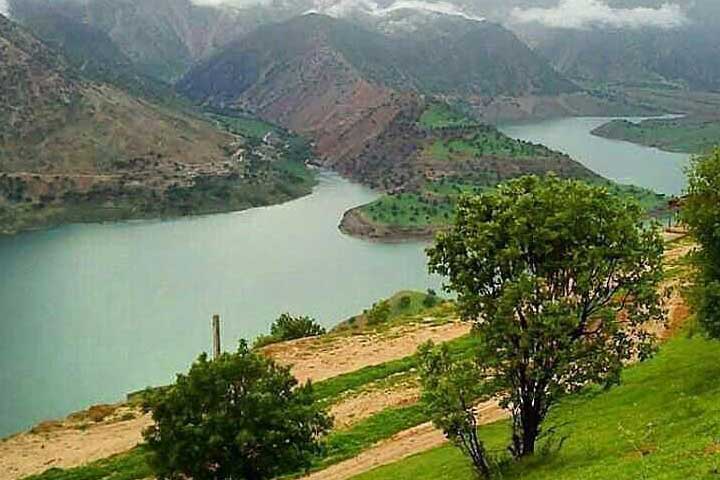
People of Persian, Luri and Arabian ethnic origins live in this province. Each of these ethnic groups speaks their respective language or dialect. Local music in this province is called Shūshtarī. It is song by gardeners, carpet weavers and other groups of people. The musical instruments used to create this kind of folk music are reed pipe (Ney), Persian lute (Tār), a local oboe (Dohol) and other Persian instruments such as Jūfteh, Sornā, Dāyereh and Tonbak.
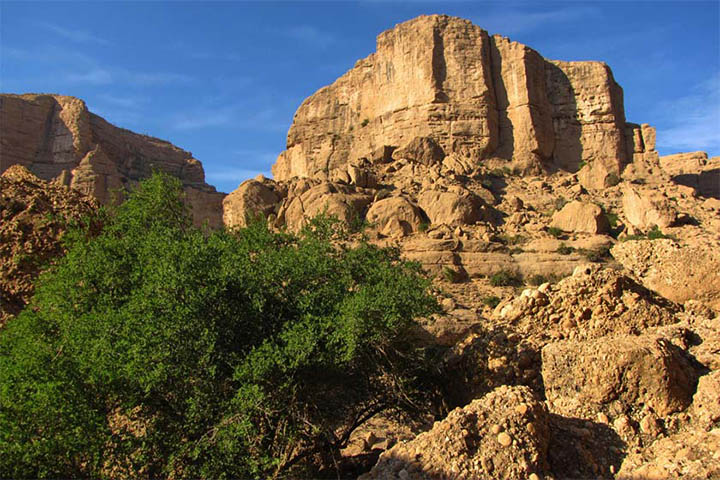
Archaeological evidence shows that human settlement, farming and taming of animals in Ali Kosh Hill date back to 6700 BC.

More Pictures












